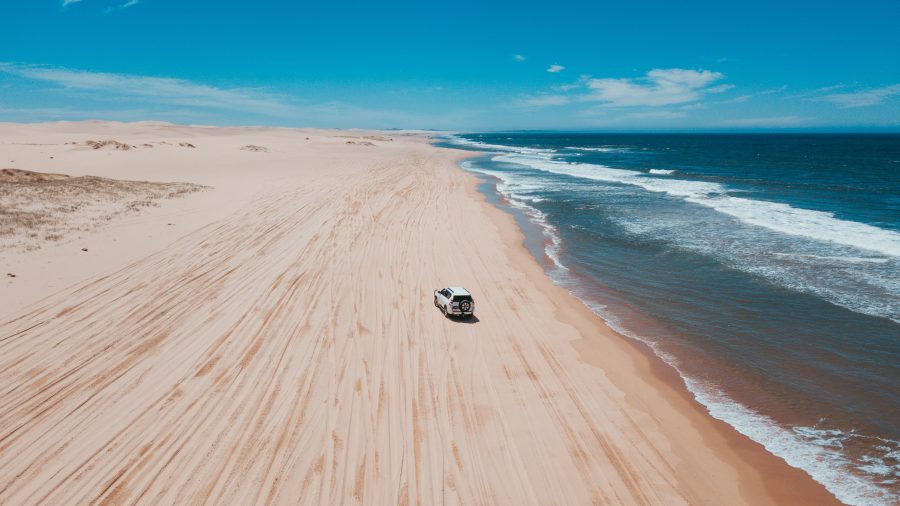Sales of new cars are at record levels in Australia even though wages growth is low. It seems we still want new cars, no matter what. In fact, Australians just love their cars: we’re even in the global top ten for car ownership.
Car lovers
According to NationMaster, the USA has the most cars for every 1,000 people (797). Note, we are excluding five tiny countries in the top 10: San Marino, Monaco, Liechtenstein, Iceland and Luxembourg. Australia is technically seventh (second after excluding these small countries) and NZ is number eight.
Australian Bureau of Statistics says there were 775 motor vehicles per 1,000 people in 2017, up from 770 in 2016. Some 14 million passenger vehicles are on the roads, compared to 3 million light commercial and only 850,000 motorcycles.
Of course, vehicle ownership differs depending on where in Australia you live. For example, people in NSW are less likely to own a vehicle (544 per 1,000) than in South Australia (628 per 1,000). This makes sense considering the availability of public transport and population density in Sydney.
How old is your vehicle?
The average age of a passenger vehicle has not changed since 2012 – 9.8 years. In Tasmania and South Australia, where people are more likely to own a vehicle, more than a quarter are at least 16 years old.
How old vehicles are reflects how willing or able people are to buy a new one. In the last four years, there appeared to be a link between employment growth and sales of new cars. Yet, economist Greg Jericho says the price of cars has barely changed over two decades.
Price of cars
You might be shocked to learn how little prices have changed since 1995, in spite of wages going up:
- In 1995, you could buy a new Toyota Camry for $23,910 (average wage was $647pw)
- In 2017, you could find a Camry advertised for $23,990 (average wage is $1,533pw).
This means you only need to work for 16 weeks to save for a new car, compared to working for 37 weeks in 1995. No wonder we are out buying new vehicles. Most of these are now SUVs rather than standard passenger cars.
Debts are up
However, while cars are more affordable based on the number of weeks it takes to save on an average wage, Australians are not necessarily saving to buy them.
As greenslips.com.au reported in April 2017, financing for new vehicles doubled in the four years to May 2016. Car loans made up 60% of all loans and late payments on car loans were at their highest levels since 2010.
Maybe we love our cars a little too much. Read more about our love affair with SUVs and Utes.
Find the cheapest green slip for your SUV or Ute.


your opinion matters: